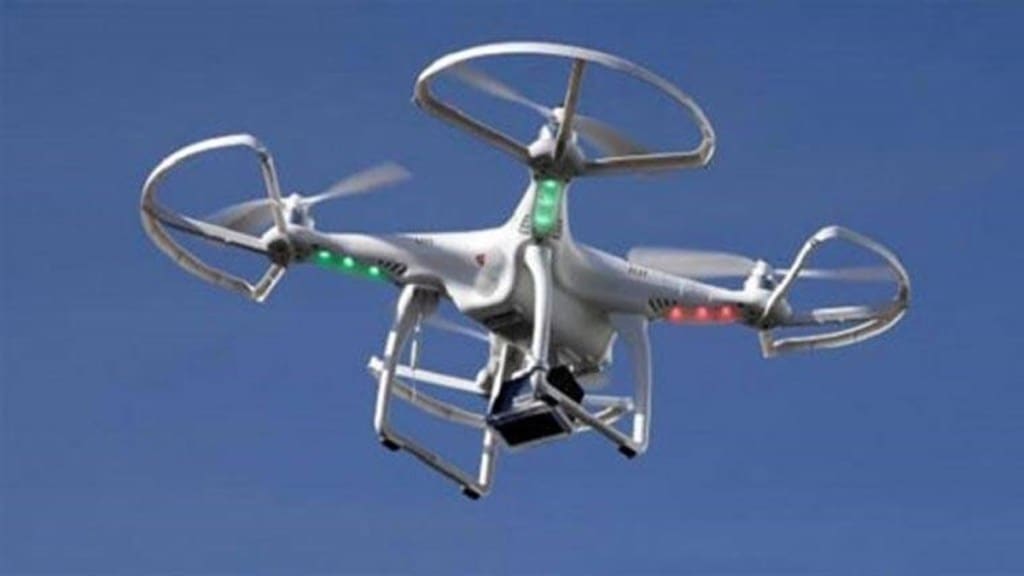By Sandeep Budki
From agriculture and infrastructure to logistics and disaster management, drones are unlocking new opportunities and efficiencies, propelling India into the future.
To begin with, the integration of drones into agriculture practices have brought significant advancements to the sector. Says Tanuj Mittal, director, Customer Process Experience at Dassault Systemes, India, “Drones can be equipped with sensors and cameras to collect data on crop health, irrigation, and soil conditions, leading to better productivity and reduced costs.”
According to Uday Dodla, senior director, Automotive Business Development, Qualcomm India, in India, data collection and analytics by drones help farmers to identify pest infestation, water stress or environmental damage with accuracy. “Drones enable precision farming by providing real-time reports and visuals of farm and environmental conditions,” he says.
Ever-present eye in the sky
India shares land borders with six neighbours: China, Pakistan, Bangladesh, Myanmar, Nepal, and Bhutan. Border security requires managing surveillance along the 15,106 km-long borders. Security challenges include cross-border terrorism, illegal migration, arms/drug smuggling, and human trafficking. As Cdr Ramesh Madhavan, co-founder & COO of Tunga Aerospace Industries, says, in the present scenario, drones act as flying sentinels vigilant over specific areas of interest.
“The induction of drones or unmanned aerial vehicles (UAV) for border management, surveillance capabilities have increased manifold. Drones with advanced features like AI, real-time data access, thermal imaging, and precise target tracking are effective for border management and surveillance. They eliminate human fatigue and perform well in all weather conditions,” he adds.
Recent successful deployments include drone-mounted ground penetrating radars along the India-Pakistan border to detect underground tunnels. Regarding internal security, Madhavan says that drones with AI and facial recognition can effectively prevent crime and manage crowds, particularly in identifying individuals with criminal records in crowded areas.
Furthermore, drones aid disaster management authorities by providing real-time aerial surveillance, rescue operations, and damage assessment with thermal cameras, LIDAR, and multispectral sensors.
Breathing new life into logistics
E-commerce and logistics sectors also leverage drones to optimise operations and overcome delivery challenges. Rimanshu Pandey, co-founder and CTO of TSAW Drones, says, “These help improve route planning, minimise fuel consumption, and cost savings for logistics companies. They also enhance inventory management and order accuracy, resulting in better customer satisfaction through faster and more reliable deliveries.” He, however, cautions that successful integration requires attention to regulatory and operational aspects, including licensing, airspace regulations, and data privacy.
Drones are also used for surveying and mapping construction sites, monitoring progress, ensuring regulatory compliance, creating accurate 3D models, identifying maintenance requirements, and mitigating potential hazards.
The path forward
To fully harness the potential of drones, India needs a robust regulatory framework while encouraging innovation. Mittal underscores the importance of robust air traffic management systems and protocols for safe integration with manned aircraft and other airspace users.
Dodla too stresses on the need for collaboration and partnerships between stakeholders in the private sector and between the private sector and the government. “We see a strong possibility of drone-as-a-service (DaaS) models emerging in India, as they will allow enterprises to explore a multitude of services irrespective of their infrastructure investments,” he informs.

